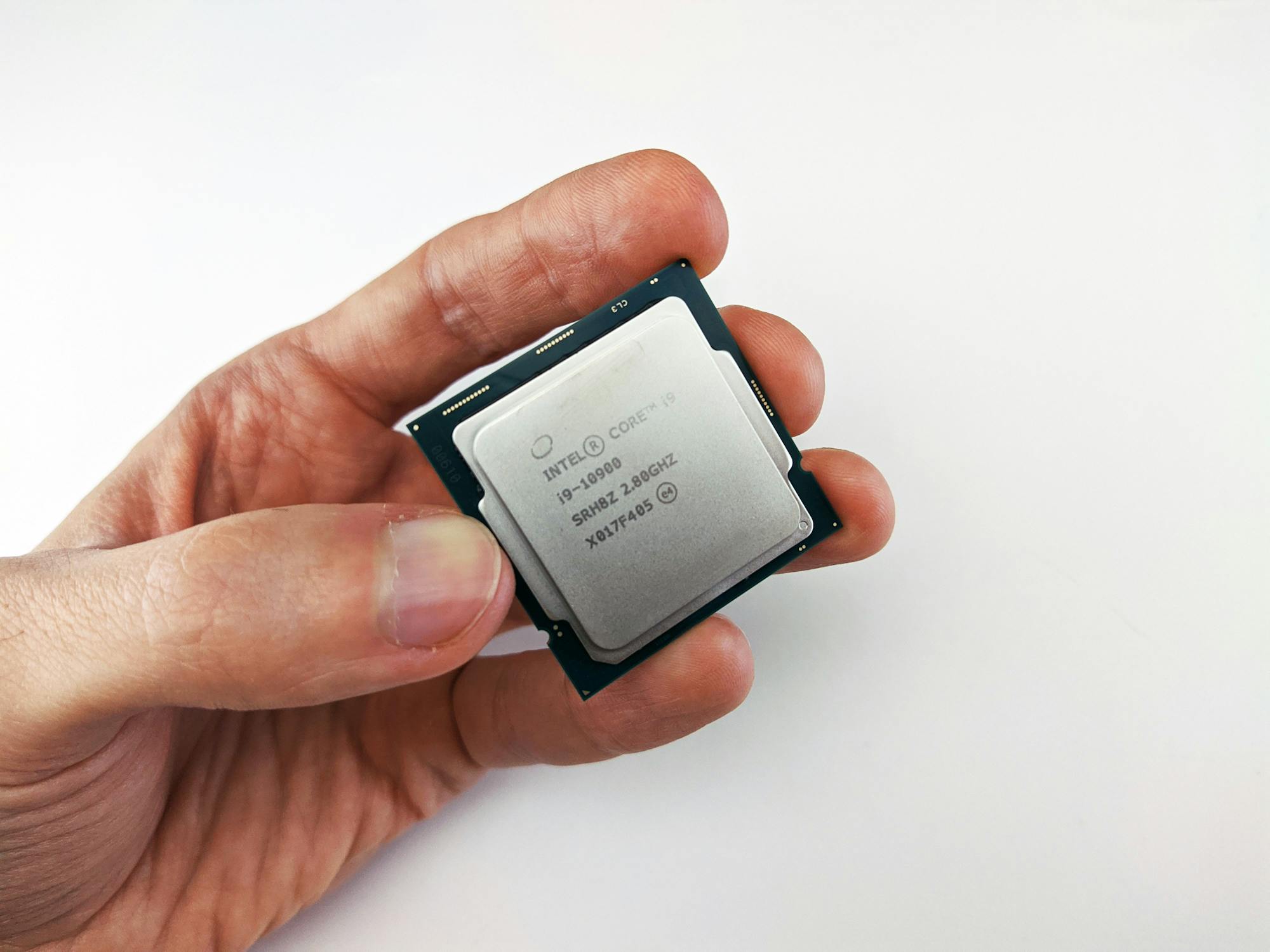Samsung confirms it wants GDDR7 RAM to reach 36Gbps with PAM-3 signaling
Why it matters: So far, manufacturers have had to use alternate versions of GDDR6 memory as stopgaps while waiting for GDDR7 to arrive with a true generational leap in bandwidth. Samsung has revealed a significant puzzle piece in its plans to accomplish the task.
Samsung recently confirmed that GDDR7 RAM uses PAM-3 signaling (Pulse Amplitude Modulation 3-level). This will help it give future graphics cards double the data rate of GDDR6.
Typical GDDR6 RAM – found in AMD’s new Radeon RX 7000 series – uses NRZ (non-return to zero) signaling to achieve data rates between 14 and 24Gbps. It can carry signals encoded with values of 0 or 1 for 1 bit per cycle.
More recent GPUs, like Nvidia’s RTX 4000 series, moved to GDDR6X, which is a bit faster at 18-23Gbps. They accomplish this using PAM-4 which can reach 2 bits per cycle with values of 0, 1, 2, or 3.
Samsung confirmed GDDR7 would hit 36Gbps at its Tech Day conference in October, but more recently revealed it will get there with PAM-3 which achieves a balance between NRZ and PAM-4.
I’m not attending this one, but here’s a fascinating slide. Samsung confirms that GDDR7 uses PAM3 signalling.
NRZ is 0 or 1: 1 bit/cycle.
PAM3 is -1, 0, 1: 3 bit/2 cyc
PAM4 is 0, 1, 2, 3. 2 bit/1 cyc80G Thunderbolt will also use PAM3. https://t.co/DJ8GvIDCJi pic.twitter.com/9Yw5zdUzDU
— 𝐷’. 𝐼” 𝐶”””’ (@IanCutress) December 4, 2022
PAM-3 uses values of -1, 0, and 1 to achieve 3 bits every two cycles, or 1.5 bits per cycle. It’s 25 percent more energy-efficient than NRZ with a higher bandwidth but has lower equipment requirements than PAM-4, making it cheaper. Intel’s Thunderbolt 5 cables also use PAM-3 signaling to deliver 80Gbps of bandwidth – twice that of Thunderbolt 4.
Samsung also recently announced another GDDR6 alternative – GDDR6W – to rival HBM2 memory. The company touted HBM2 as a possible GDDR6 successor with more bandwidth and higher speeds, but its implementation in AMD’s Vega series graphics cards was unsuccessful, prompting AMD’s return to GDDR6.
GDDR6W’s bandwidth is far superior to GDDR6 and similar to HBM2. Furthermore, it can support the same production processes as existing GDDR6 products. Samsung’s announcements don’t answer any questions as to when GDDR7 might debut, but AMD and Nvidia could pick GDDR6W for their next series of graphics cards before transitioning to GDDR7.
Samsung’s presentation slide revealing PAM-3 for GDDR7 also mentions other new DRAM technology like T-Coul and Multiplexed Rank DIMM (MRDIMM). T-Coil can significantly increase IO speeds, while MRDIMM can double capacity.






